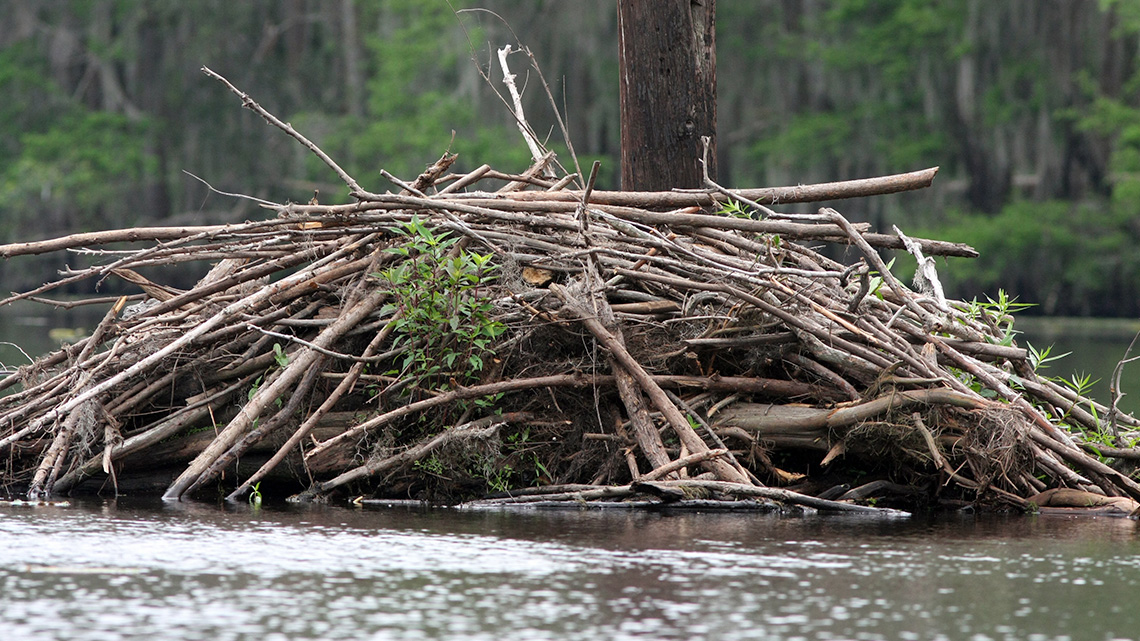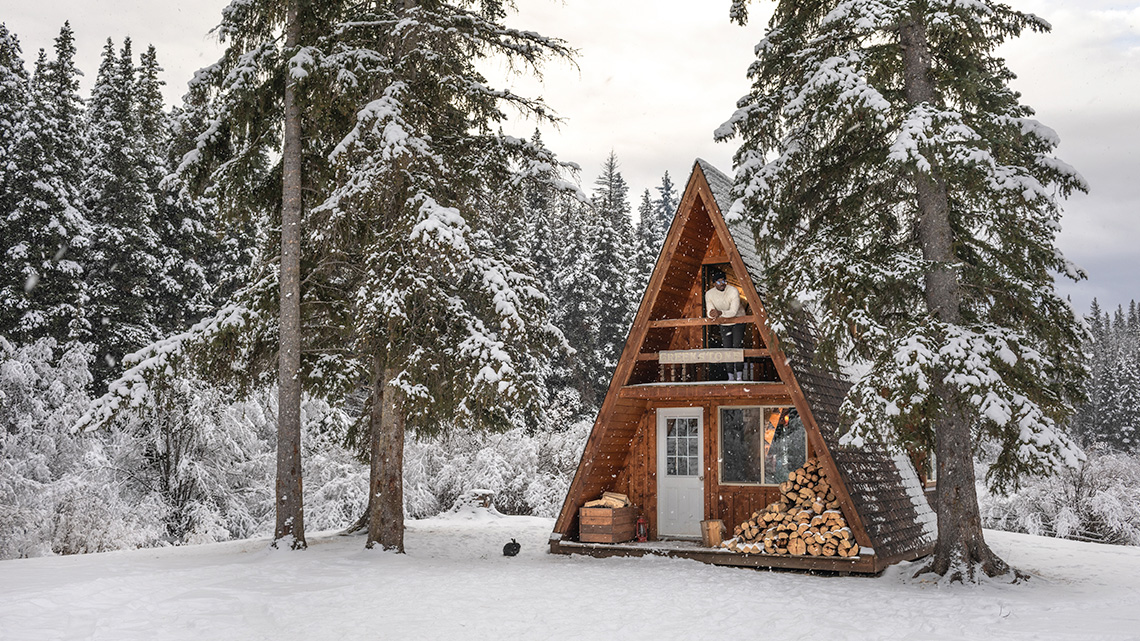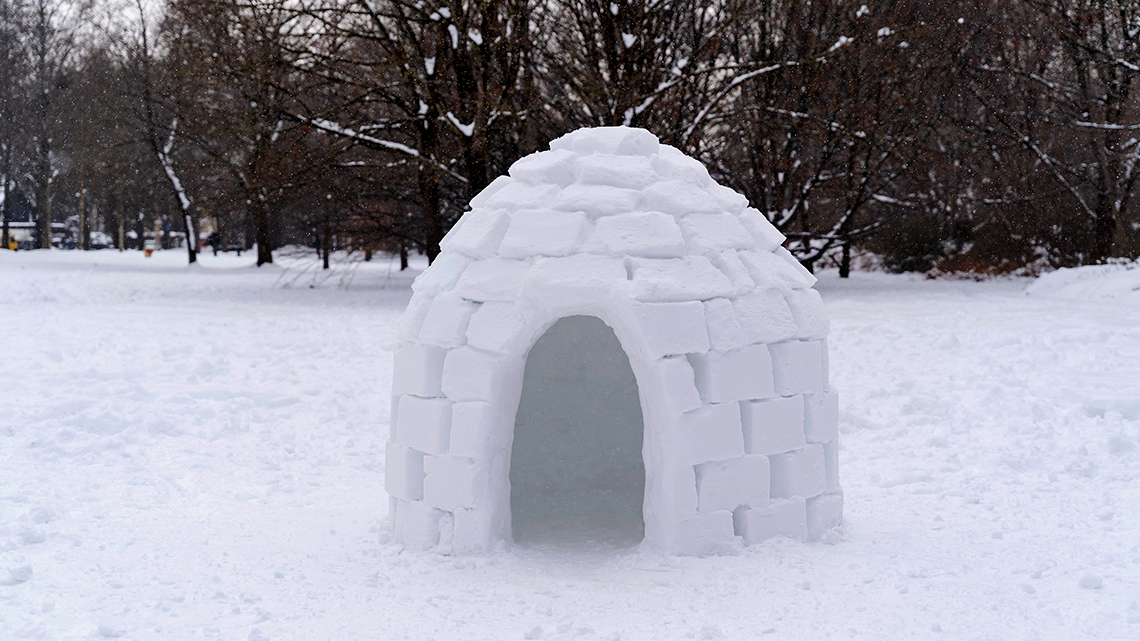Minds On
Structures
A structure is something that is built. It is made up of parts that are put together in a specific way for a specific reason.
A structure can hold a load. It has a definite size, shape, and function. The load of a structure is the mass, weight, or force that is applied to the structure. A force is a push, pull, or another factor that is applied to an object or structure.
Explore the following images of structures. As you explore, think about the forces that might be acting on these structures. Consider things like wind, water, tension, compression, gravity, etc.
Record your ideas in a method of your choice.
Brainstorm
Forces
What forces do you think might be acting on the structures?
Record your ideas using a method of your choice.
Press ‘Hint’ to access help to guide your brainstorm.
Think about any force that might push or pull on the structure, as well as any force that might put weight or pressure on the structure.
Even though there are forces acting on these structures, the structures are designed to keep their size, shape, balance, and position while holding a load.
Explore forces that can affect structures in the following matching activity.
For each term choose the matching definition.
Throughout this learning activity, you will explore the connection between everyday forces. You will also explore how forces affect structures.
Action
How do forces act on structures?
All structures experience forces at all times. Forces that act on structures are called loads. There are internal and external forces. Forces that come from outside of a structure are called external forces.
Brainstorm
External forces
Can you think of any external forces that act on structures?
Record your ideas using a method of your choice.
Press ‘Hint’ to access some possible answers.
Some examples of external forces are: wind, gravity, or the weight of a load.
External and internal forces
Gravity is the force by which a planet or other body pulls an object toward its center, such as the strong force between the Earth and the objects on it. Gravity is what keeps objects on Earth from floating into the atmosphere.
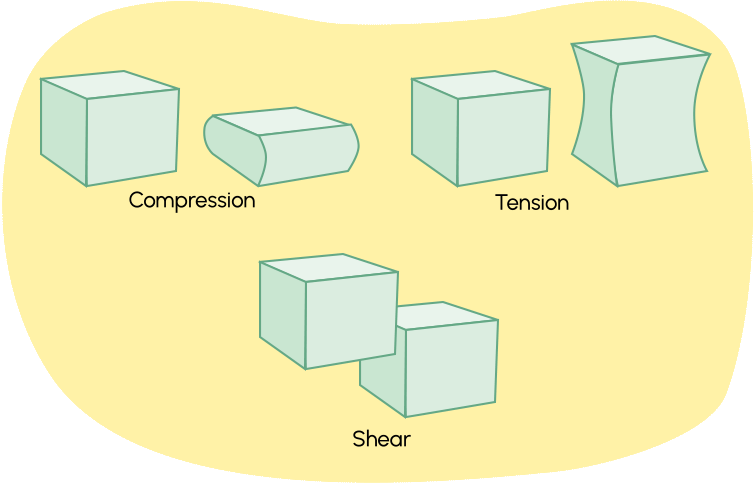
If a load is too heavy for a structure, it can cause more compression, tension, or shear. Over time, this can cause the structure to collapse if its framework is not designed properly.
Pause and Reflect
What is a structure?
Describe one internal and one external force that acts on a structure, using an example of your choice to help you explain.
Record your responses using a method of your choice.
Engineering structures to withstand forces
When engineers design structures, such as bridges or large buildings, they think about all the forces that could affect it. Large bridges and buildings carry larger loads. This also means they have larger forces acting on them. For example, a bridge in winter needs to be able to support vehicles and people. It also needs to stand up under snow.
Places in the world that experience a lot of earthquakes need buildings that can hold up against the force of shaking. Structures must be designed to balance out all forces to keep their shape, size, and stability.
Did You Know?
Materials and shapes
When engineers create a structure, they think about using specific materials and shapes.
Metals like aluminum and steel, can handle all types of loads when they are built in specific shapes. For example, a cylinder-shaped tube can handle a load really well. But, if there is even the smallest dent or hole, it is not as strong.
Combining materials is a great way to create strong and stable structures. Concrete, a stony material, can be used to build a structure with steel bars. Together they can hold out against compression and tension. The stony material carries the load during compression. The steel carries the load during tension.
Certain shapes, such as the triangle, are stronger than other shapes! This is why you see a lot of triangles in the designs of houses and bridges.
Explore the following video entitled “Super Shape!” to learn more about how strong triangles are.
Check your understanding
Check your understanding of what you have learned by completing the following multiple choice activity.
Select the correct answer, then press ‘Check Answer’ to see how you did.
Select the correct answer, then press ‘Check Answer’ to see how you did.
Select the correct answer, then press ‘Check Answer’ to see how you did.
Select the correct answer, then press ‘Check Answer’ to see how you did.
Select the correct answer, then press ‘Check Answer’ to see how you did.
Brainstorm
Designing a structure
What do you think an engineer might consider when designing a building or structure?
Record your ideas using a method of your choice.
Press ‘Hint’ to access some possible answers.
You may have brainstormed the following ideas:
- the size of the structure
- the size of its load
- how gravity will affect the structure
- what other forces might act on this structure
- what materials would best hold out against these forces
Consolidation
Engineering design process
Explore the process that an Engineering Design Process that an engineer follows when designing a structure, or other device.

In Science we ask questions to help us figure out what the problem is.

Brainstorming is when you think about ideas like how to solve a problem.

When you plan something, you think about the steps you have to follow and the materials you will need.

It’s time to build. Gather your materials and your plan and start building!

Testing lets you try out your design to see if it works.

Improving is about making your design even better.

Sharing what you have learned lets other people know about your topic too!
Designing a structure
Now, it’s your turn! Focus on the Planning and Testing stage of the Engineering Design Process.
Your task is to design a large structure in your community that can hold out against a heavy load and various forces.
Complete the Designing a Structure Worksheet in your notebook or using the following fillable and printable document. If you would like, you can use speech-to-text or audio recording tools to record your thoughts.
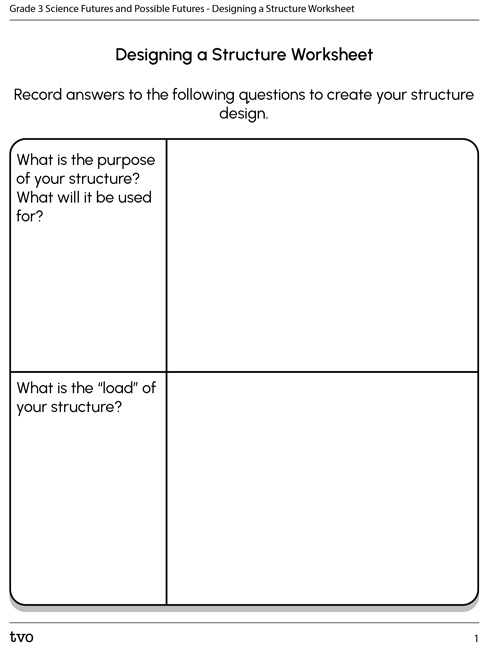
Press the Activity button to access Designing a Structure Worksheet.
Activity (Open PDF in a new window)About your structure!
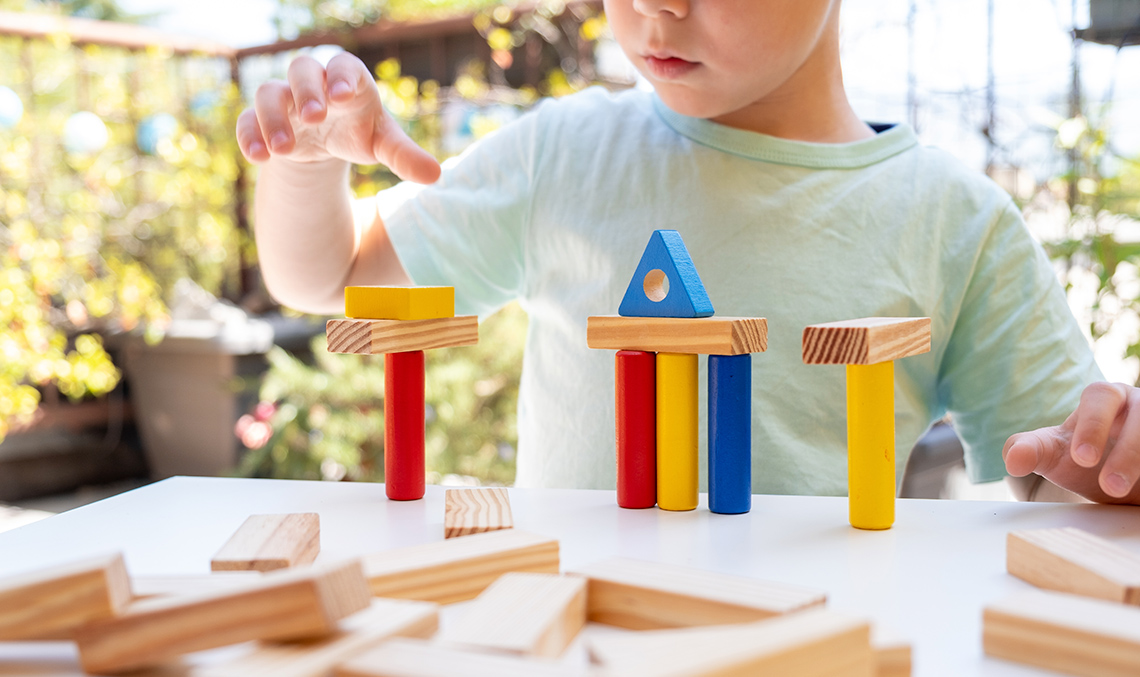
What is one thing that you really liked about the structure that you designed?
What is one thing that you would do differently next time?
If an engineer asked you what they should consider before they design a structure, what would you recommend?
Record your responses using a method of your choice.
Reflection
How do you feel about what you have learned in this activity? Which of the next four sentences best matches how you are feeling about your learning? Press the button that is beside this sentence.
I feel…
Now, record your ideas about your feelings using a voice recorder, speech-to-text, or writing tool.
